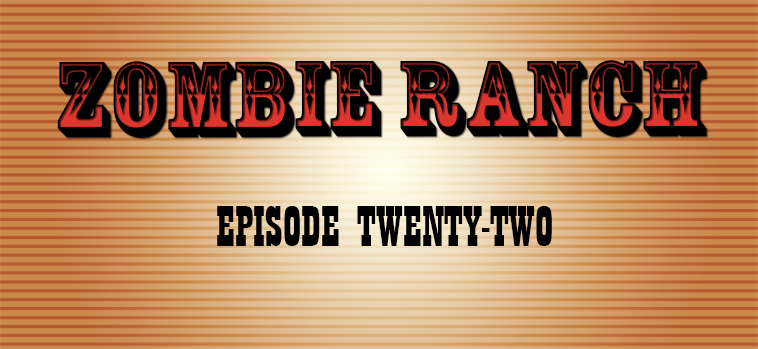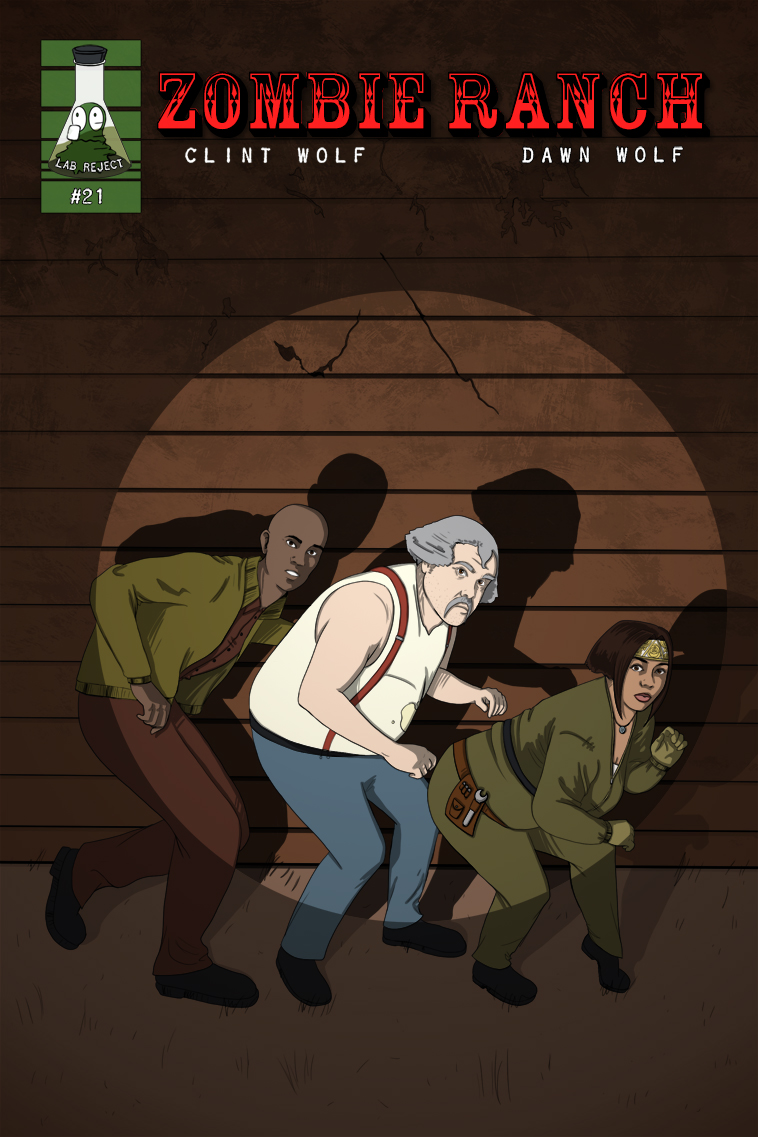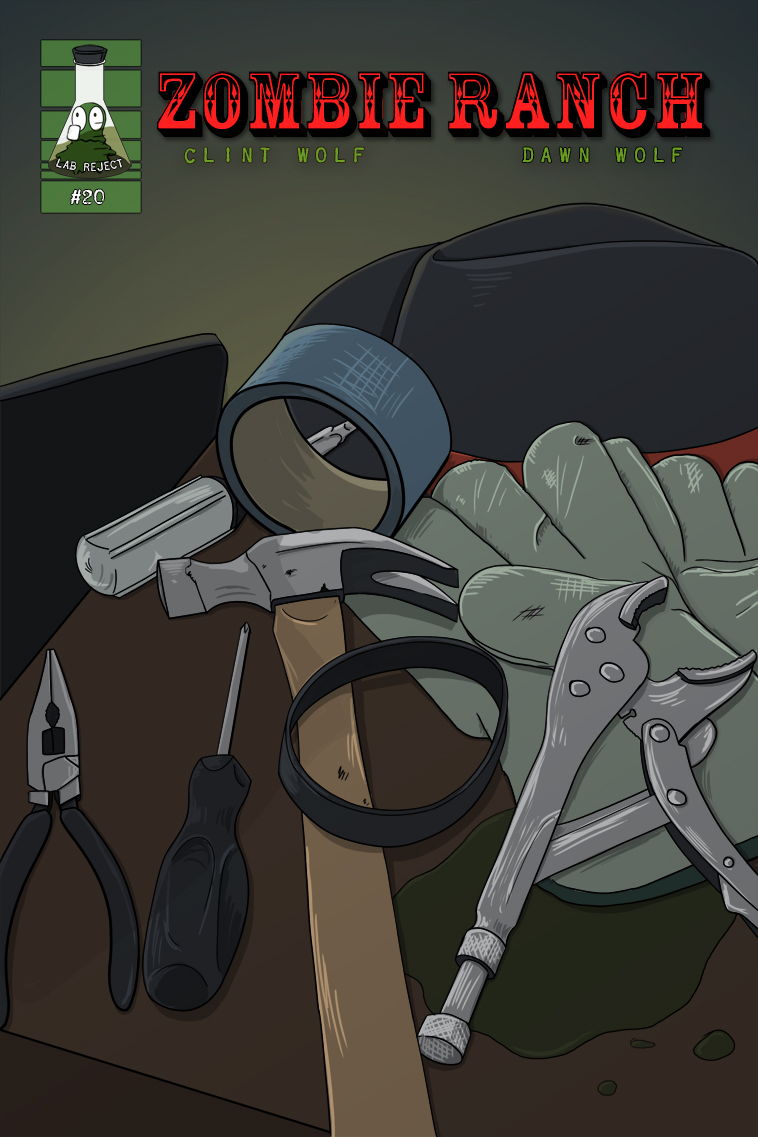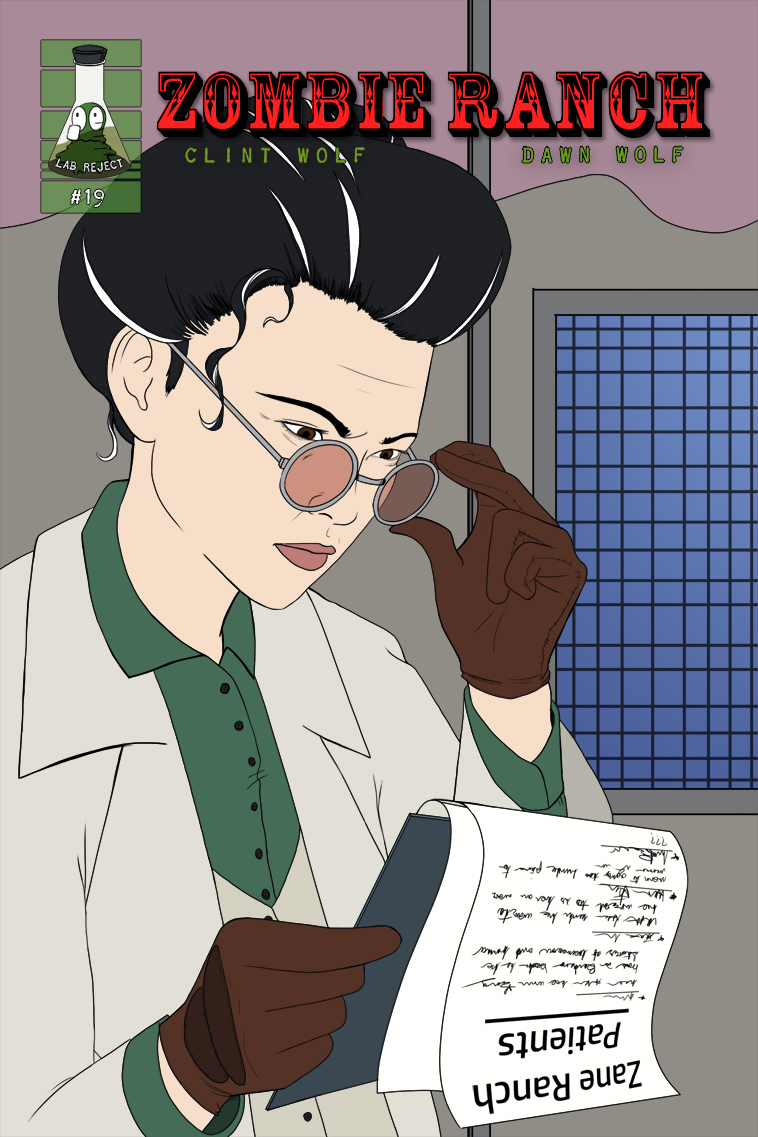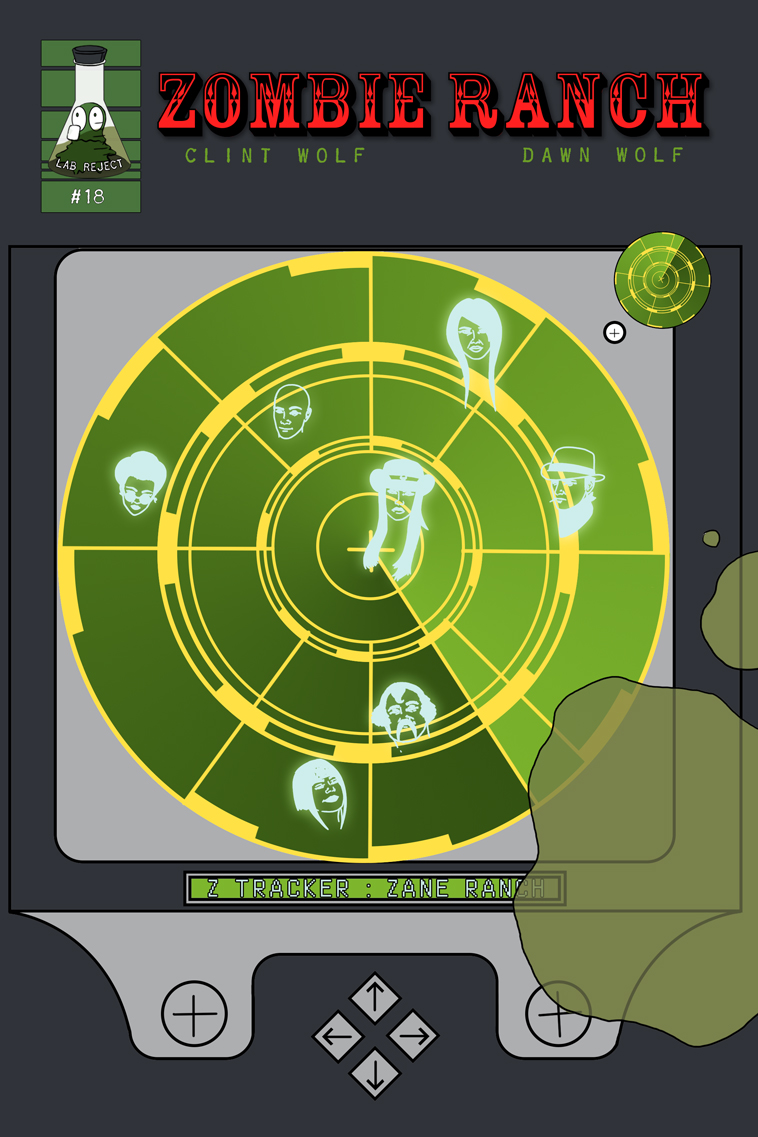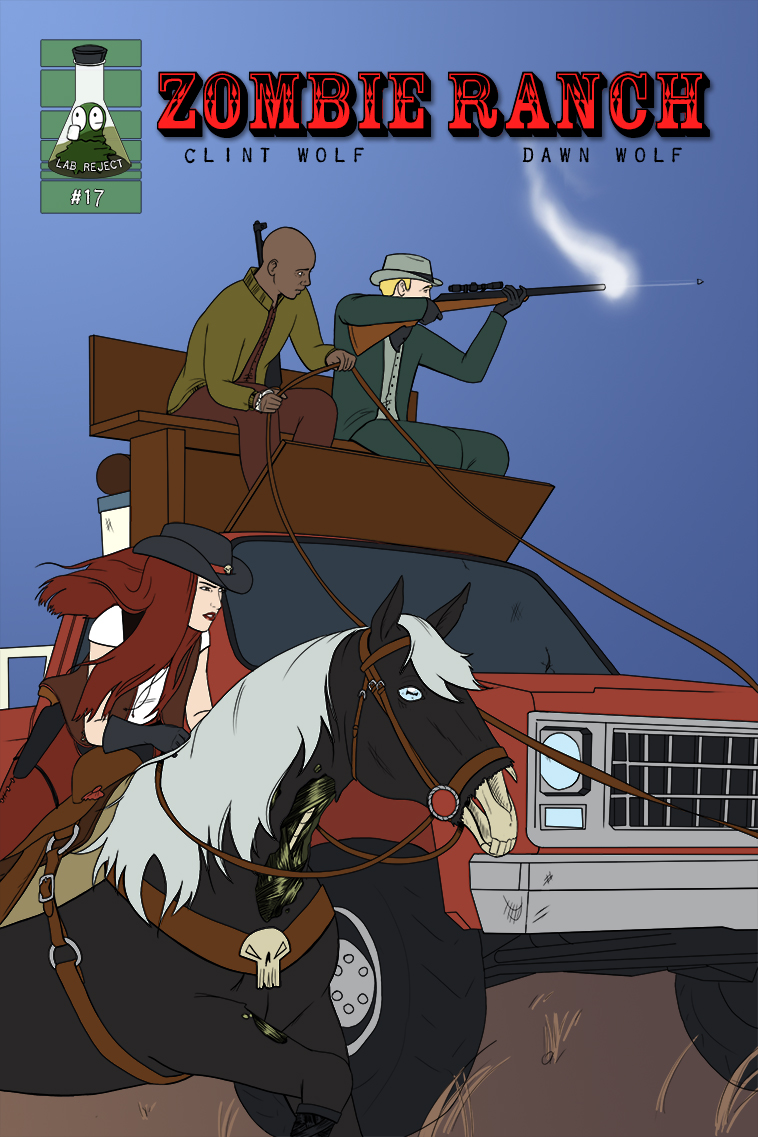How 'bout them spook stories now, Chuck?

Latest Comics
-
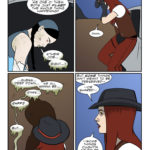
#378. 363 – Broken Records
18 Jan 10, 2018
-
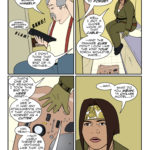
#377. 362 – Civilian Investigation
16 Dec 13, 2017
-
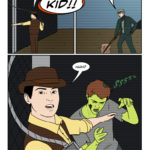
#376. 361 – Zeke, Interrupted
16 Dec 06, 2017
-
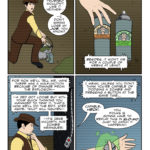
#375. 360 – Baiting A Trap
19 Nov 29, 2017
-
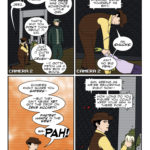
#374. 359 – The Z-Roll
15 Nov 22, 2017
-

#373. 358 – Gut Feelings
13 Nov 15, 2017
-

#372. 357 – Monsters Watching Monsters
15 Nov 08, 2017
-

#371. 356 – A Screwed Up Shindig
20 Nov 01, 2017
-
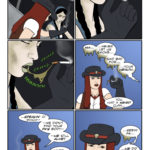
#370. 355 – Smoker’s Remorse
15 Oct 25, 2017
-
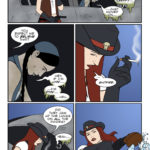
#369. 354 – Deathbed Confessional
16 Oct 18, 2017
-
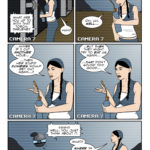
#368. 353 – Prompt Failure
18 Oct 11, 2017
-

#367. 352 – Ill Humor
12 Oct 04, 2017
-
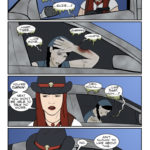
#366. 351 – Dying On The Inside
15 Sep 20, 2017
-
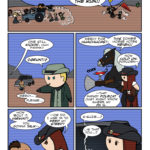
#365. 350 – Threats And Whispers
13 Sep 13, 2017
-
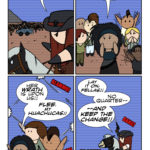
#364. 349 – Liberties And Justice
16 Sep 06, 2017
-
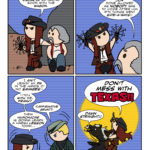
#363. 348 – Don’t Mess
15 Aug 30, 2017
-
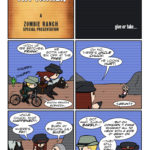
#362. 347 – Yesteryear’s Special
13 Aug 23, 2017
-
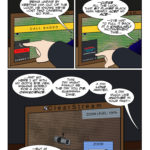
#361. 346 – Dramatic Irony
15 Aug 16, 2017
-
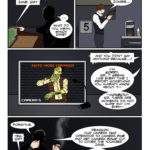
#360. 345 – Supervisory Advisory
44 Aug 09, 2017
-
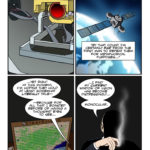
#359. 344 – A View From The Top
45 Aug 02, 2017








